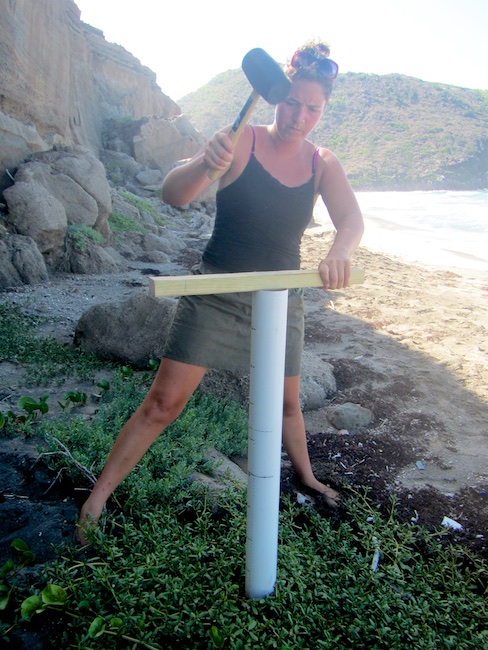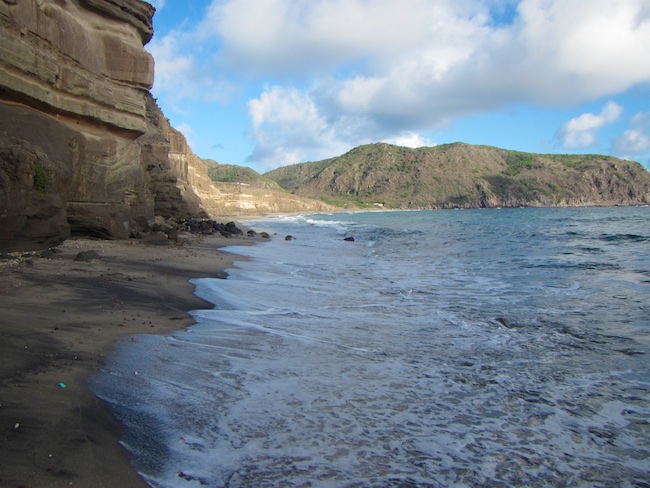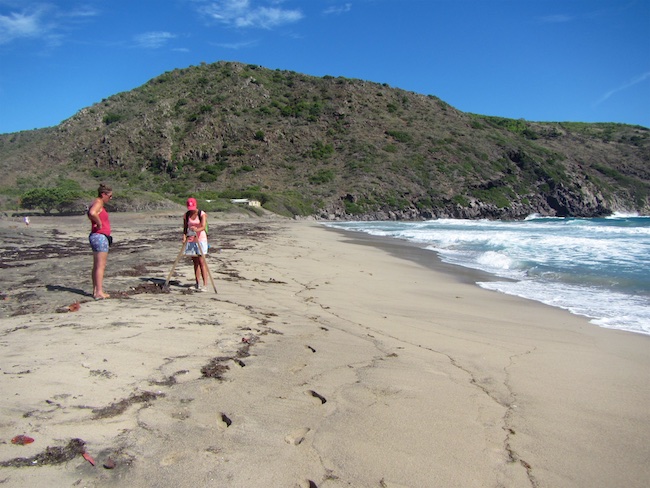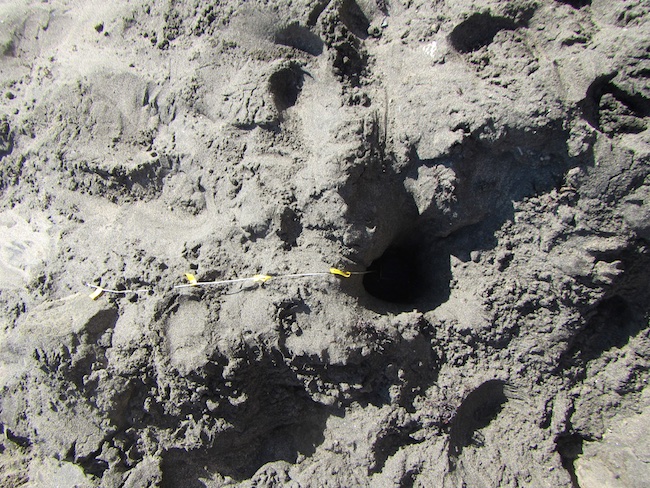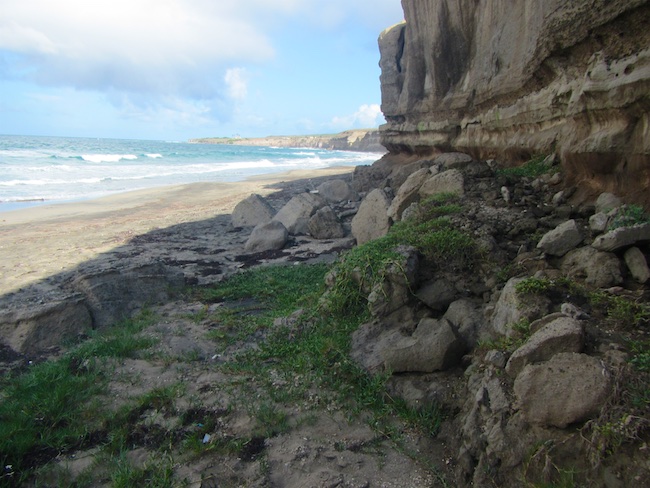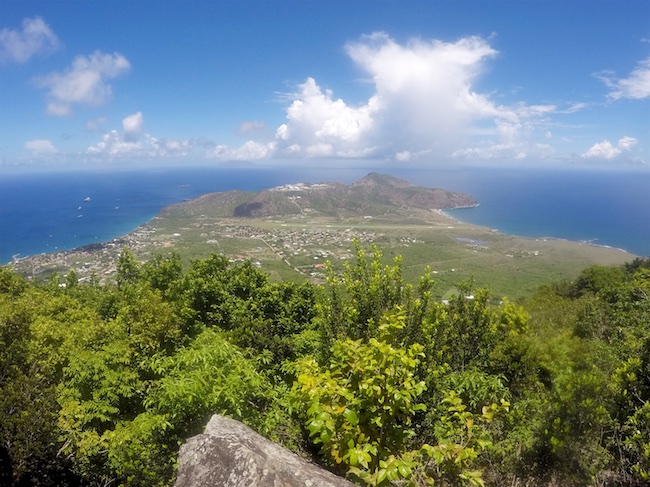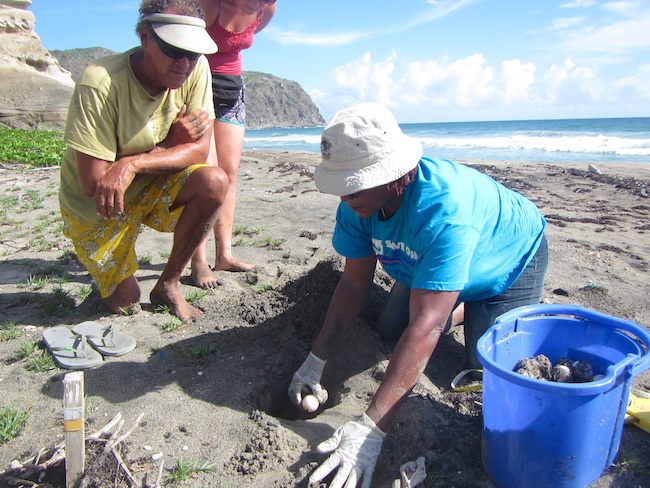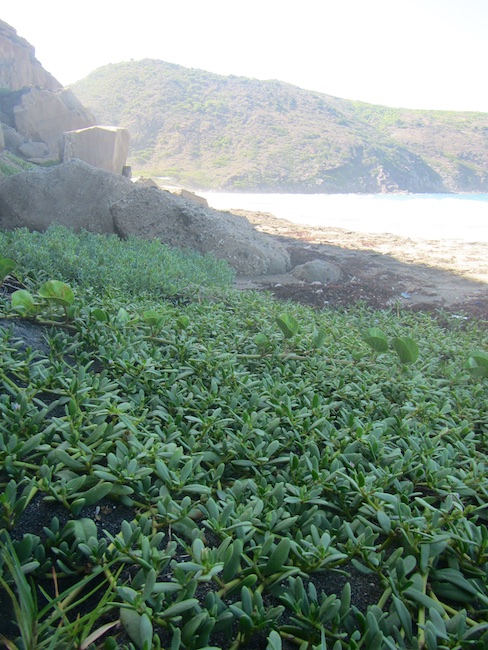Sea turtle sex is not determined at the time of fertilization like in humans, it is set by the temperature level during nest incubation. Recently for some small island rookeries througout the Caribbean researchers reported a shift towards a more female dominated hatchlings/populations as nest temperatures slightly increased in these areas (warmer beaches result in female turtles). At St. Eustatius we will further asses the driving factors of sand temperatures in natural nest and experimental treatments, link it to nest succes, and compare these with that of other Caribbean islands and beyond. Fionne Kiggen (Wageningen University) will spend the fieldwork of her masters project on this experiment, and also on turtle nest monitoring being embedded as an “turtle intern” at STENAPA. We are happy to cooperate on this project with Nicole Esteban (sea turtle researcher Swansea university, and former STENAPA manager), Jessica Berkel and Graeme Hays (Deakin University). See below for some pictures.
